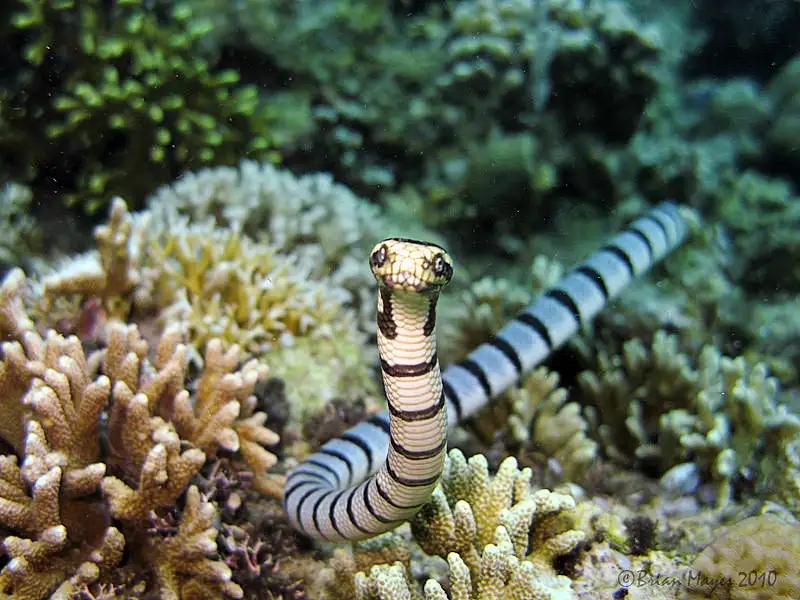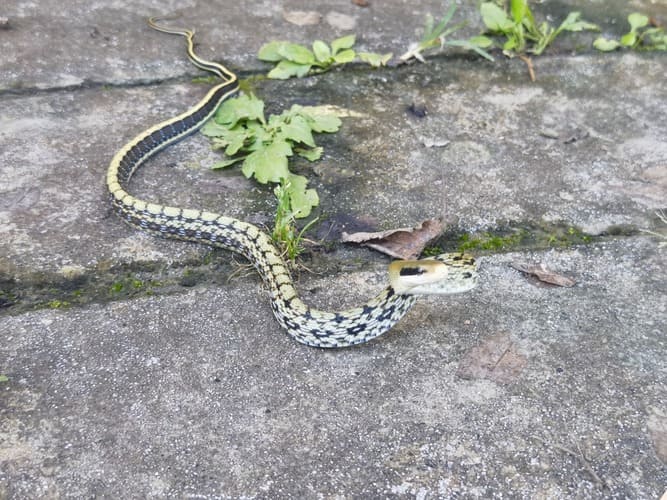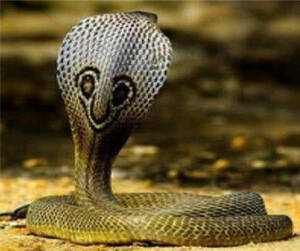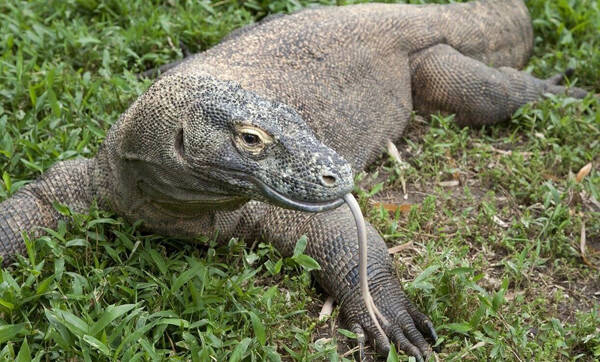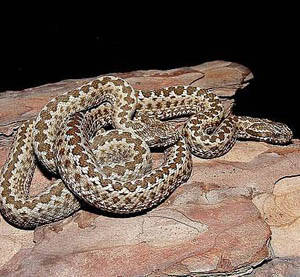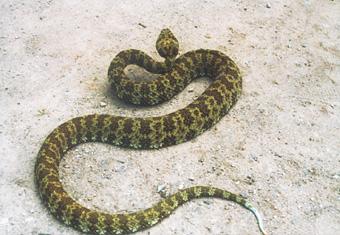Hydrophis stokesii
IUCN
LCBasic Information
Scientific classification
- name:Hydrophis stokesii
- Scientific Name:Hydrophis stokesii
- Outline:Squamata
- Family:Elapidae E.spp.
Vital signs
- length:120-180cm
- Weight:No verification information
- lifetime:About 20 years
Feature
The longest fang of a sea snake
Distribution and Habitat
They are mainly distributed in the South China Sea, Australia, the western coast of India, Sri Lanka, the Gulf of Thailand, Malaysia, Vietnam and other coastal areas, as well as the Philippine Islands and other Southeast Asian waters. They are also distributed on the coasts of Indonesia and New Guinea. They have the habit of migrating in groups.
Appearance
Total length 1200-1800 mm. Large head, short snout, anterior groove teeth, dorsal nostril; stout body. 8 (3-3-2) upper lip scales, 9 or 10 in some cases; no cheek scales; 1 preorbital scale, 2 postorbital scales; 2+3 (4) temporal scales. 37-47 rows of dorsal scales in the neck, 47-59 rows in the thickest part of the body, ridged, strongly imbricate, with sharp spines on the rear edge of the scales (hence the name), the ridges often break into nodules, and the end of the dorsal scales on the rear of the body is often serrated; 226-286 ventral scales, except for the most anterior segment, are split into two in the middle, the two overlap, and the rear edges of the two are forked or serrated; the anal scales are particularly large. The dorsal head is olive or yellow, the dorsal body is yellow or light brown, with wide black or dark brown rings, and some individuals have rings in the form of horizontal stripes on the back and small spots on the ventral surface.
Details
The sea snake is one of the heaviest and most robust sea snakes, and has the longest fangs among sea snakes. Its fangs are sharp enough to pierce a diving suit. Although the sea snake is venomous, bites and is aggressive, there is no record of human casualties caused by the sea snake.
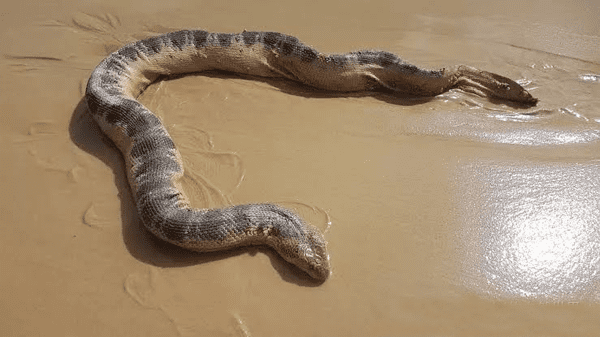
During the breeding season of the spiny sea snake, in the Strait of Malacca, the spiny sea snake will form a group of snakes that stretch for thousands of meters and drift and migrate with the ocean current.
In Australia's Ashmore Reef, spiny sea snakes often move in the inner reef area at a depth of 7 to 10 meters. They also move on the muddy base at a depth of 10 meters. The sea snake has even been found in tidal flats along the coast. At Ashmore Reef, the sea snake is found in deep water near the reef crest and channel, but avoids shallow reef flats at low tide. It is most likely to be caught in trawl nets at depths of 10-20 meters.
Like most sea snakes, the sea snake is ovoviviparous, giving birth directly in the water. Male sea snakes have two penises, like land snakes, each of which functions independently and only one is used during mating. The male cannot separate from the female until mating is complete. Copulation is long, and the female must surface for mating, with the male clinging to her and being pulled along as she swims to the surface.
The sea snake can give birth to 1-20 young snakes at a time, with an average of 9.9. In one or two samples, a pregnant female sea snake was collected north of Bundaberg, and the female had an embryo up to 12.5 cm long.
The sea snake is distributed along the coast of India, Sri Lanka, eastward through the Gulf of Thailand to the South China Sea and the Taiwan Strait, Indonesia to Papua New Guinea, and Australia. The type locality is in Australian waters.
Trawling has been identified as the main threat to the sea snake, and the life history (low fecundity and long life) and demographic factors of the sea snake also have some influence. Most of the distribution of this species coincides with the areas and depths where shrimp trawling occurs. Sea snakes are often caught as bycatch in trawl nets, and it is estimated that about 50% of individuals caught in trawl nets die from drowning or being crushed by the weight of the catch. Although sea snakes can swim underwater for up to two hours, conditions in fishing nets can affect their psychology and behavior. The spiny sea snake has one of the highest mortality rates in Australian fishing. In Australia, although commercial trawlers only operate in a small part of its habitat. However, in 2001, a relatively high proportion of sea snakes were caught when trawlers were fishing in its habitat.
Listed in the "National List of Terrestrial Wildlife with Important Economic and Scientific Research Values under State Protection" issued by the State Forestry Administration of China on August 1, 2000.
Listed in the "National List of Key Protected Wildlife in China" second level.
Protect wild animals and stop eating game.
Maintaining ecological balance is everyone's responsibility!

